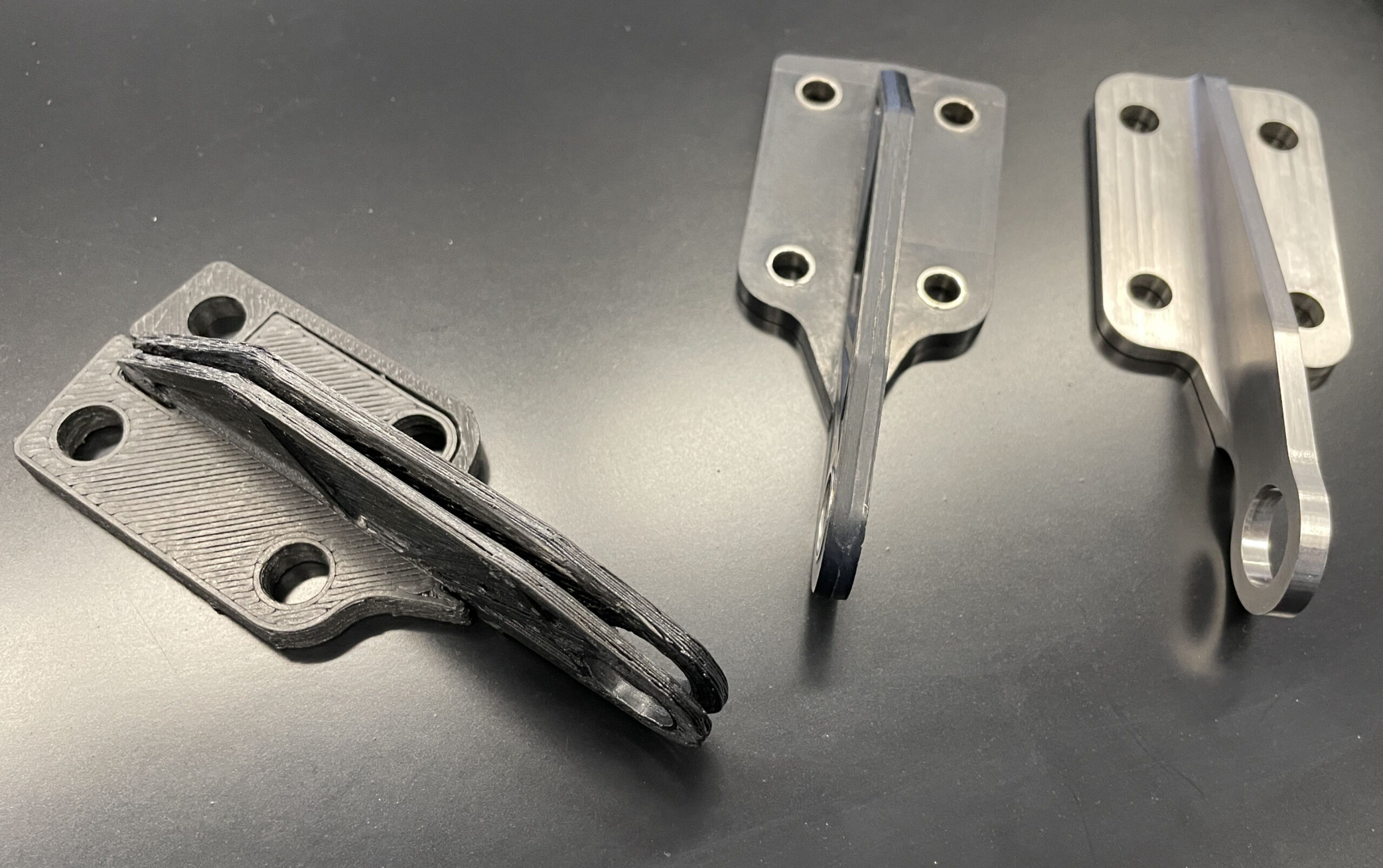In the realm of manufacturing, optimization is a constant pursuit, driven by advancements in technology and techniques. Compression molding, a widely adopted method for producing high-quality composite and polymer products, is undergoing significant evolution with the integration of new strategies and technologies aimed at enhancing production efficiency and product quality.
The Evolution of Compression Molding
Compression molding has long been favored for its ability to produce parts with excellent surface finish and dimensional stability. Traditionally used in industries such as automotive, aerospace, and consumer goods, this technique involves placing a pre-measured amount of material into a heated mold cavity and compressing it under high pressure until it takes the desired shape.
Key Strategies for Optimization
In recent years, manufacturers have focused on several key strategies to optimize compression molding processes:
Advanced Materials Integration: The use of advanced composite materials, including carbon fiber-reinforced polymers (CFRP) and thermoplastic composites, has expanded the application range of compression molding. These materials offer superior strength-to-weight ratios and durability, making them ideal for high-performance applications.
Process Automation: Automation plays a crucial role in optimizing production efficiency. Automated systems for material handling, mold closing, and part ejection reduce cycle times and ensure consistent part quality. Robotics and AI-driven systems are increasingly integrated into Compression Molding lines to streamline operations and minimize human error.
Precision Molding Technologies: Innovations in mold design and temperature control systems enable precise management of molding parameters such as pressure and temperature gradients. These technologies ensure uniform material distribution and minimize defects, resulting in parts that meet stringent performance requirements.
Technological Advancements
Recent advancements in compression molding technologies have revolutionized the industry:
Simulation and Modeling: Computational tools such as finite element analysis (FEA) and mold flow simulation software enable engineers to optimize mold designs and predict part behavior before physical production begins. This virtual prototyping reduces development time and allows for fine-tuning of manufacturing processes.
Multi-material Molding: The ability to mold parts with multiple materials in a single process cycle expands design possibilities and reduces assembly steps. Overmolding and insert molding techniques are increasingly adopted for creating complex, integrated components with varying material properties.
Energy Efficiency: Improvements in heating and cooling systems contribute to significant energy savings during the compression molding process. Advanced insulation materials and heat recovery systems maximize thermal efficiency and reduce environmental impact.
Future Outlook
Looking ahead, the future of compression molding lies in further integration of smart manufacturing technologies and sustainable practices. Industry leaders are investing in research and development to enhance material compatibility, automate complex molding sequences, and minimize waste generation.
In conclusion, the optimization of production with compression molding continues to be a dynamic field driven by innovation. By leveraging advanced materials, automation, precision molding technologies, and sustainable practices, manufacturers are poised to meet the increasing demand for high-performance, cost-effective components across diverse industries.
As technology evolves and new materials emerge, compression molding remains a cornerstone of modern manufacturing, offering versatility, efficiency, and unmatched quality in the production of complex engineered products.










